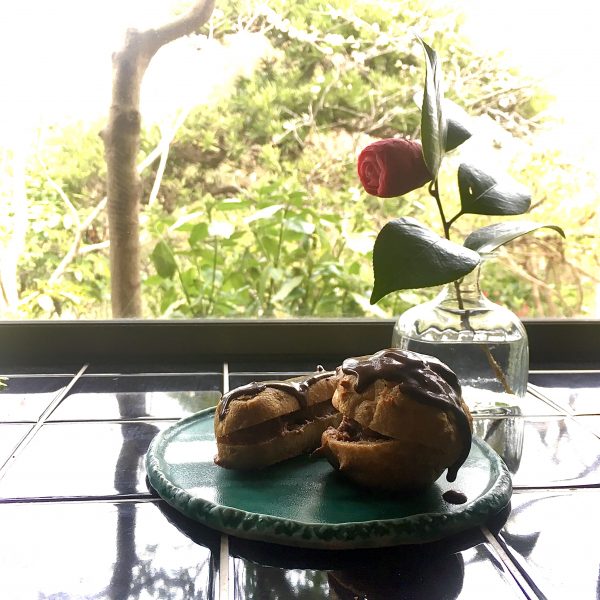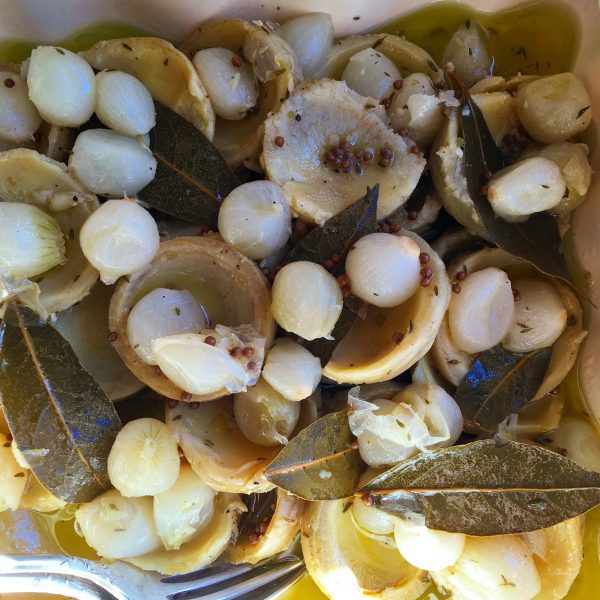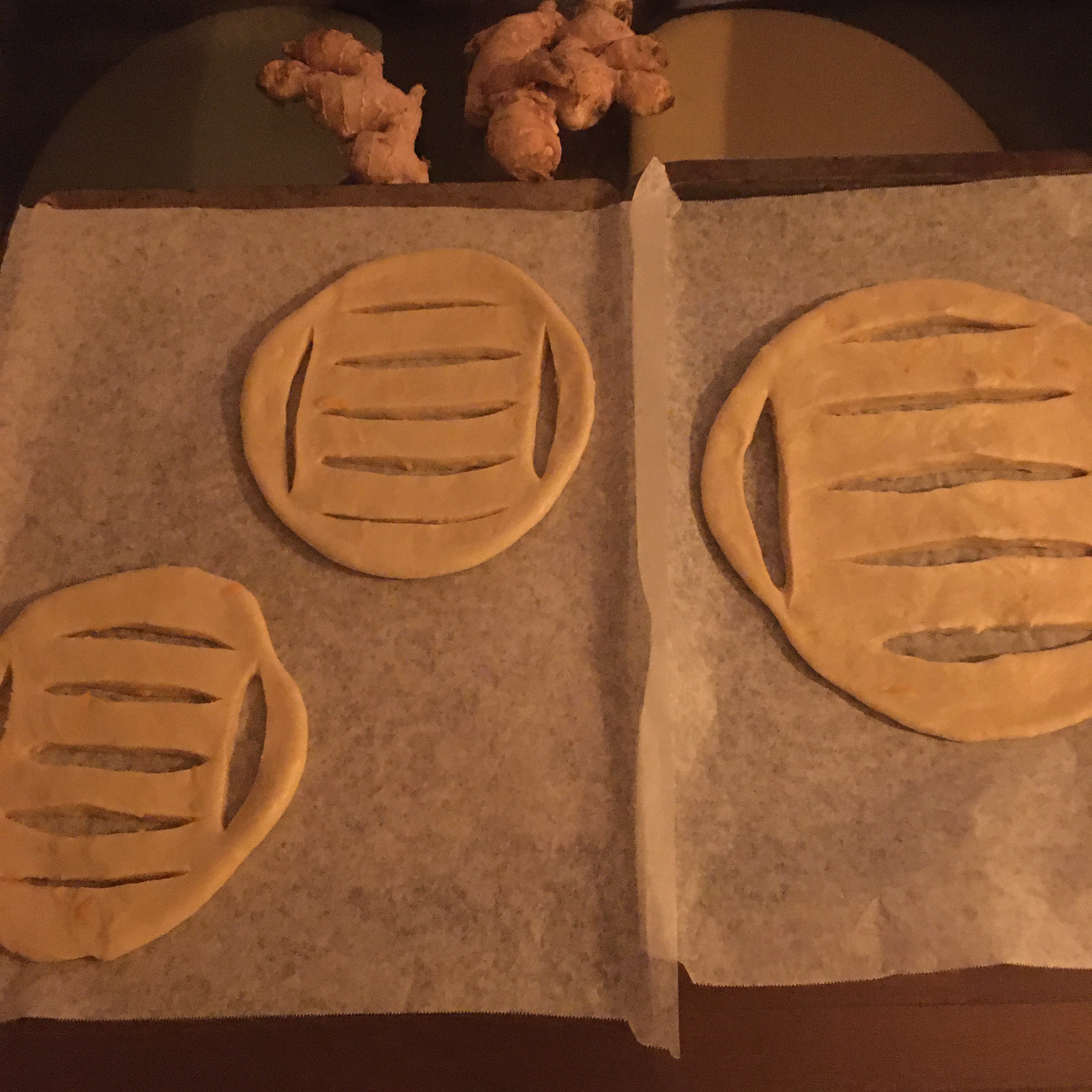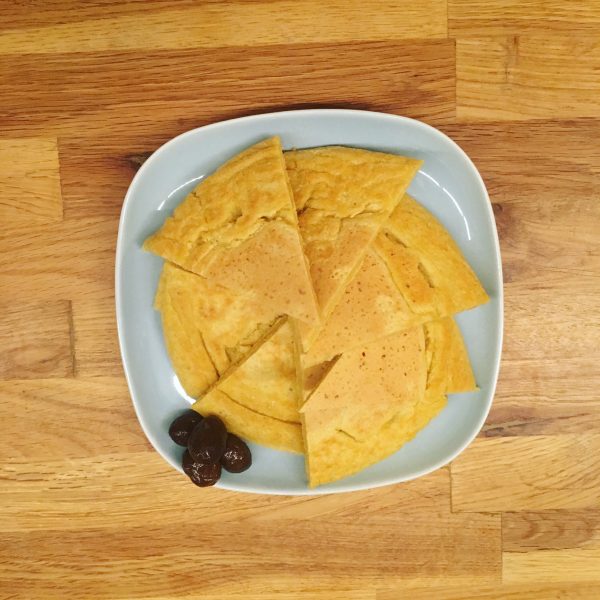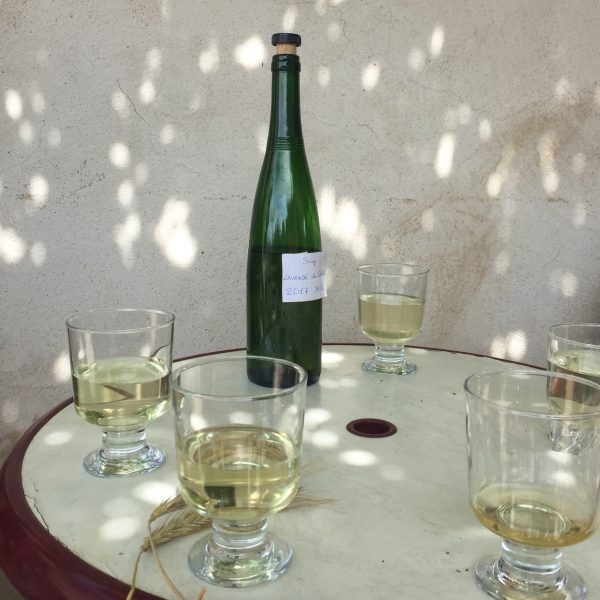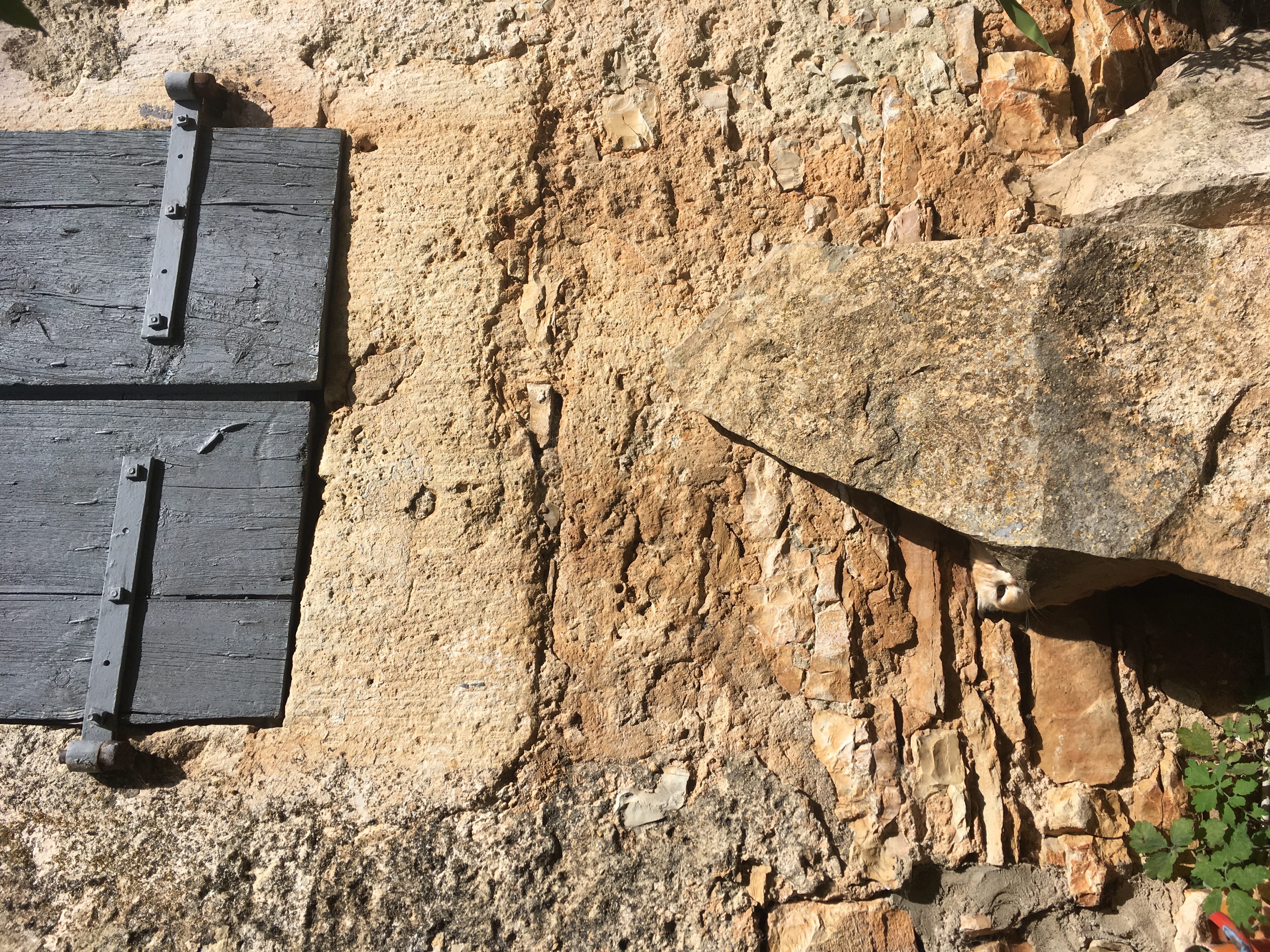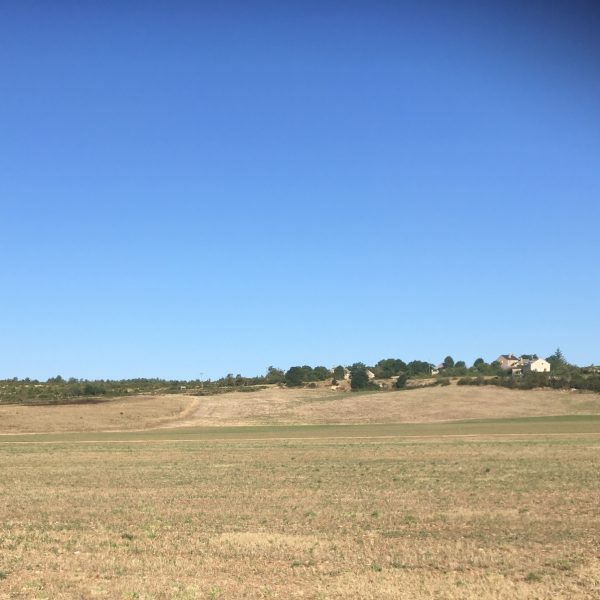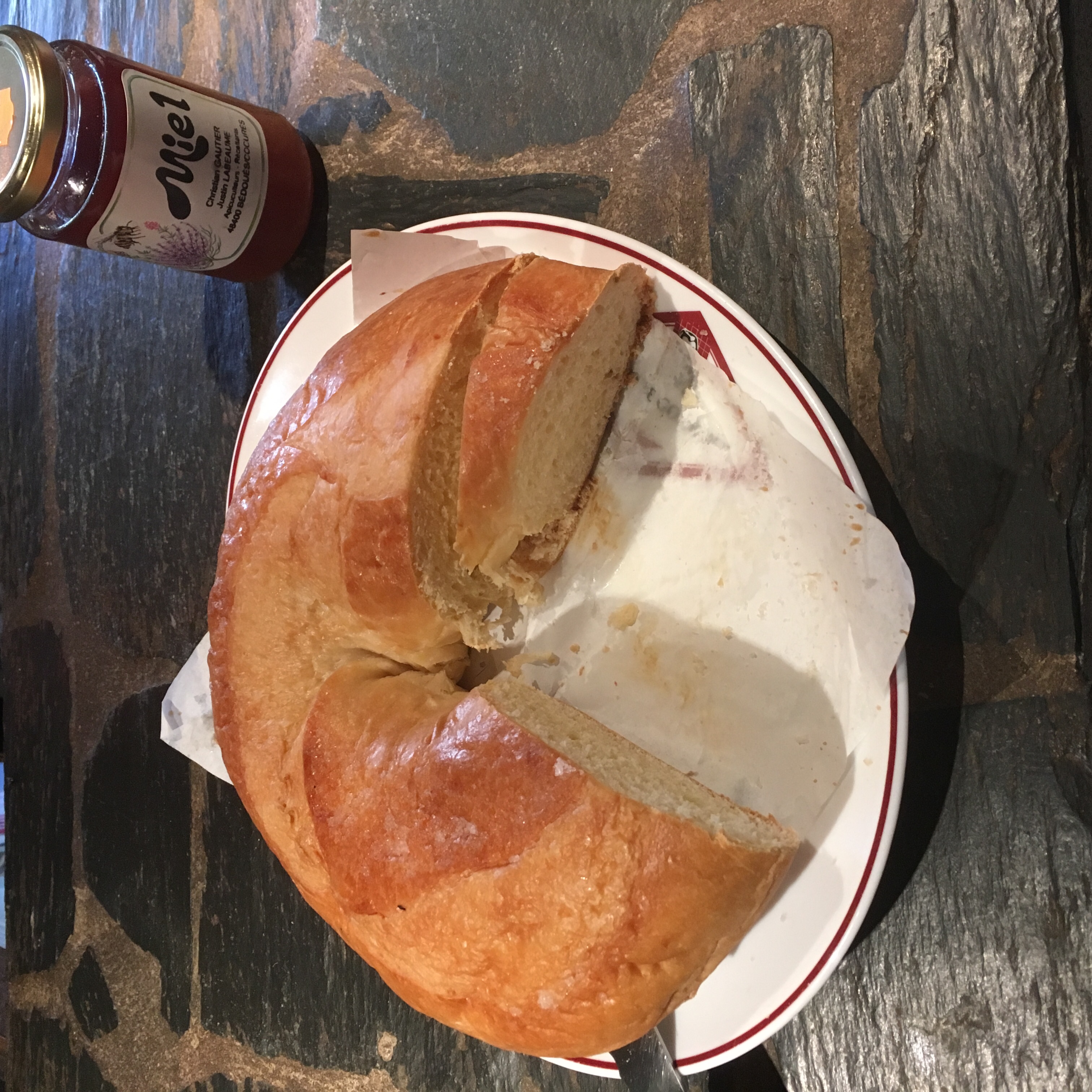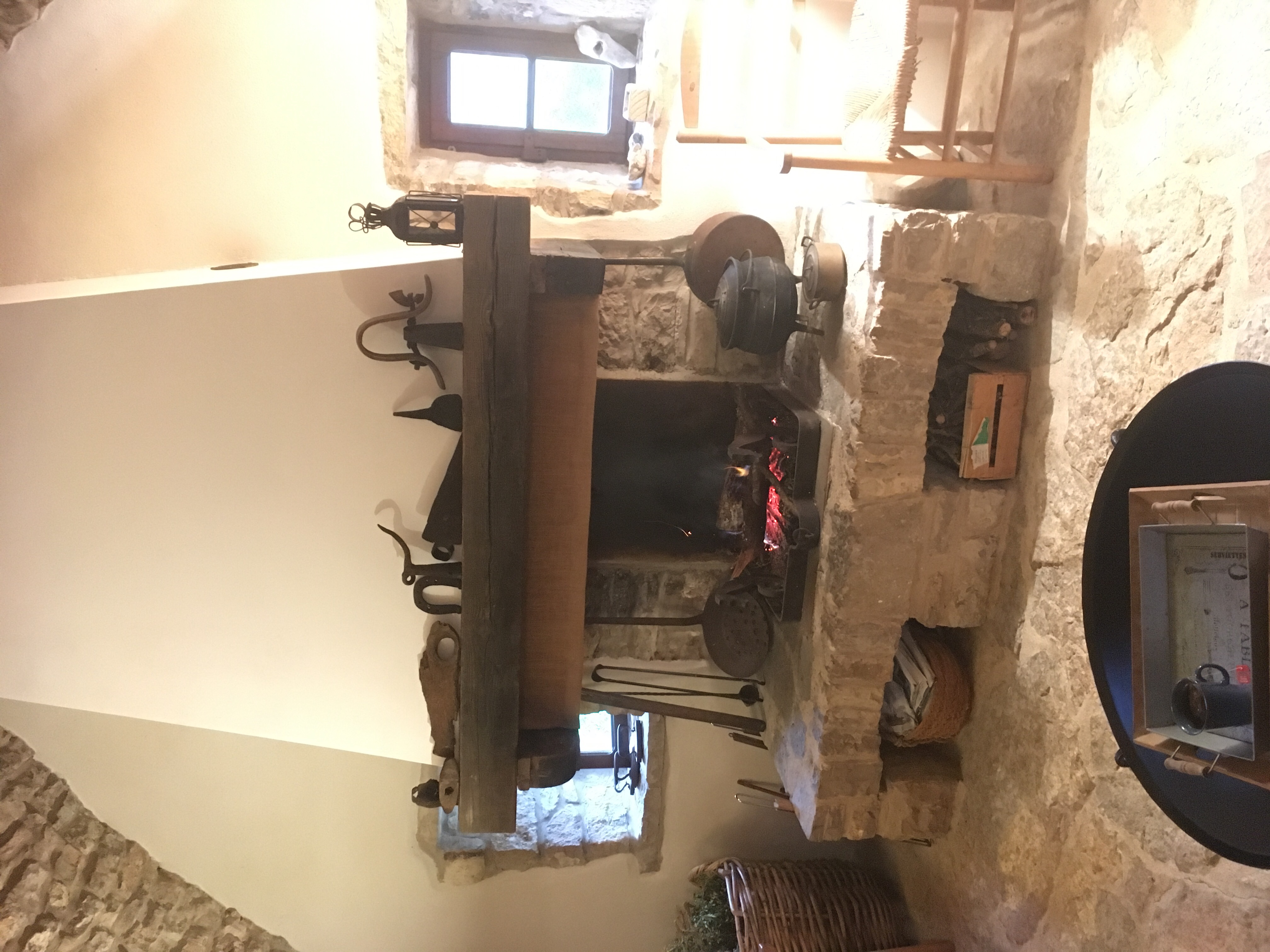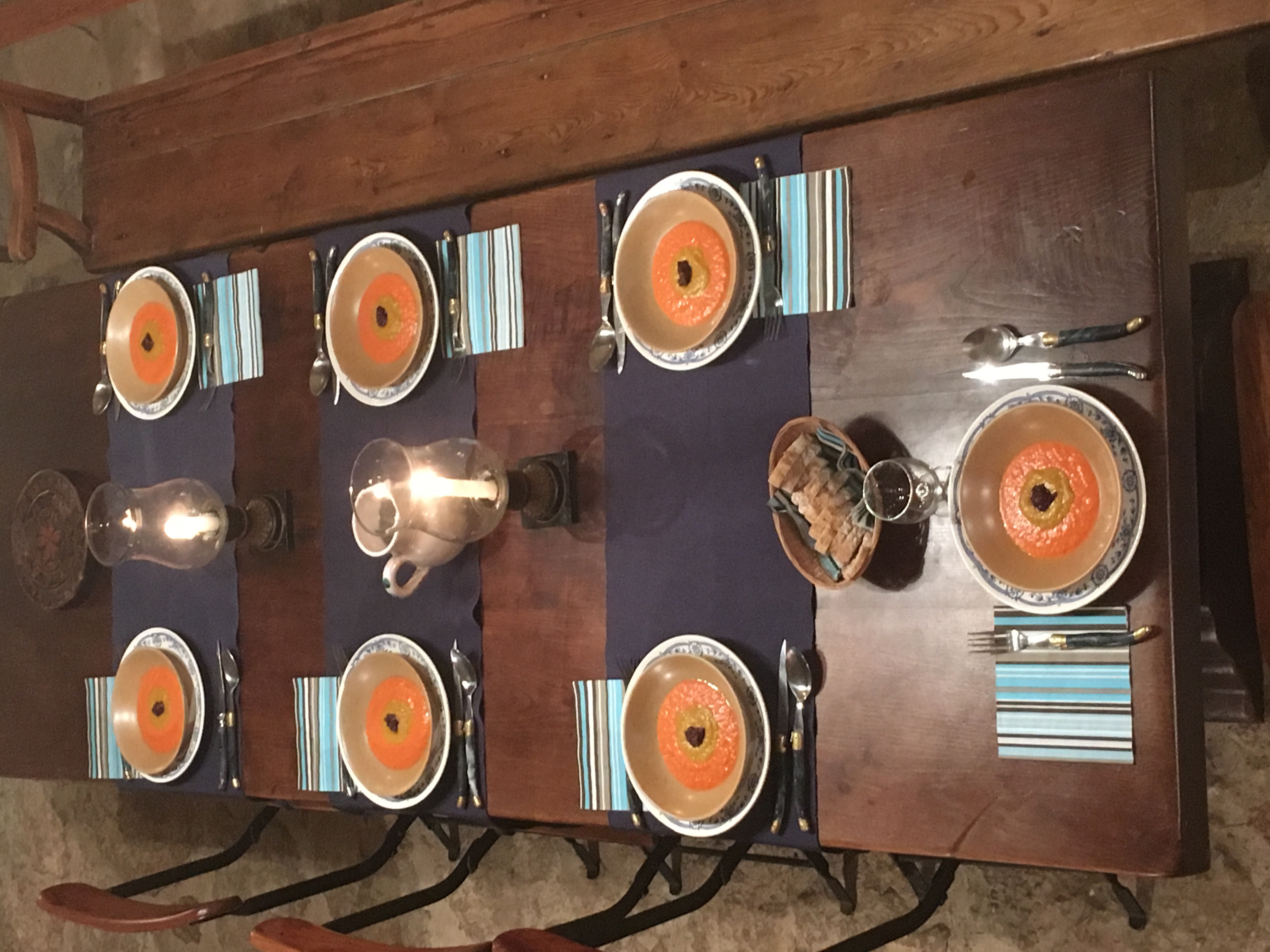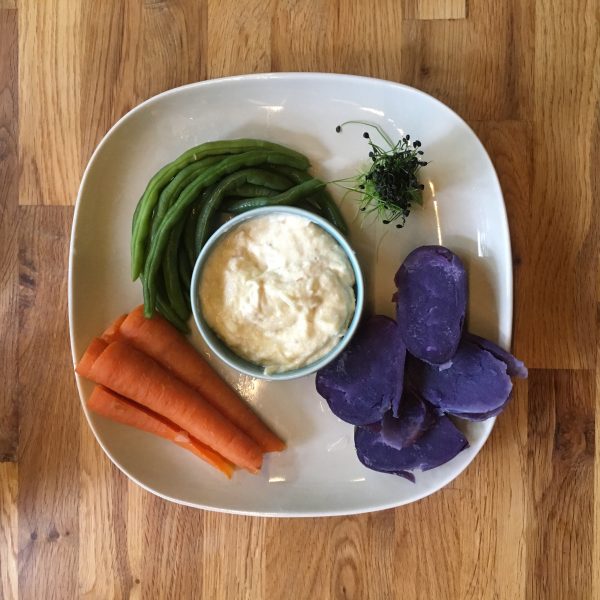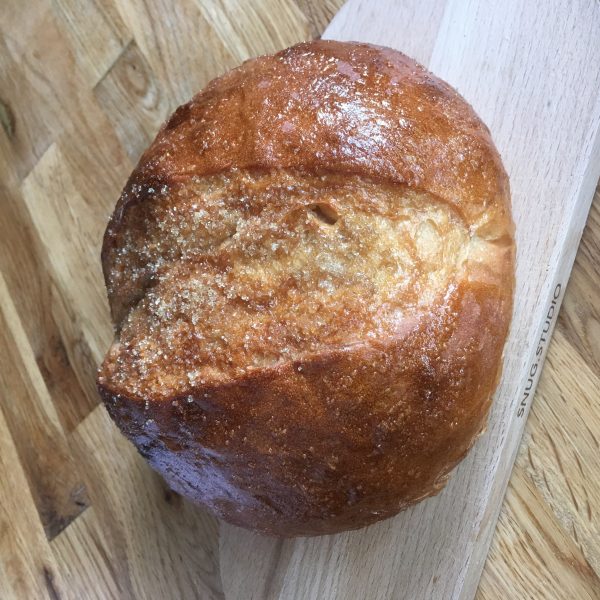Why while the recipe is always a lot simpler than I remember, I prepare eclair only once every 2 or 3 years???… These and millefeuilles are probably my favorite French traditional patisseries, with strawberry tart. (I don’t count simple fruit tarts, cobblers, and crumbles… they do not really count!!! 😉 What the three have in common is a delicious custard, and I love custard… with vanilla, cocoa, macha…
While my puff pastry is never really good, I have never been presumptuous enough to make an attempt at baking millefeuilles, but eclairs, choux are perfectly at the level of my abilities. And each time I am decided to make some, each time I prepare myself for a tedious task, and each time I am surprised by how quick and easy it was!!! And wonder why really I don’t make some more often!!!
I always use the same recipe that I wrote sometime ago here, beware that the custard ingredients quantities fill about 2/3 of the choux, so if you want to fill all of them, you need to multiply by 1.3 the custard quantities or use 2/3 of the pate a choux ingredients. I use these quantities because sometime a choux doesn’t bake with the perfect shape, and because A. and I like to test the choux out of the oven! And I realized it is always almost at the same time of year I make it and only when we have friends visiting!!! The recipe makes quite a lot of them actually so that may explain the second point… as it is better not to keep them more than 24h!!! They are so much better fresh!
Have a good day!
